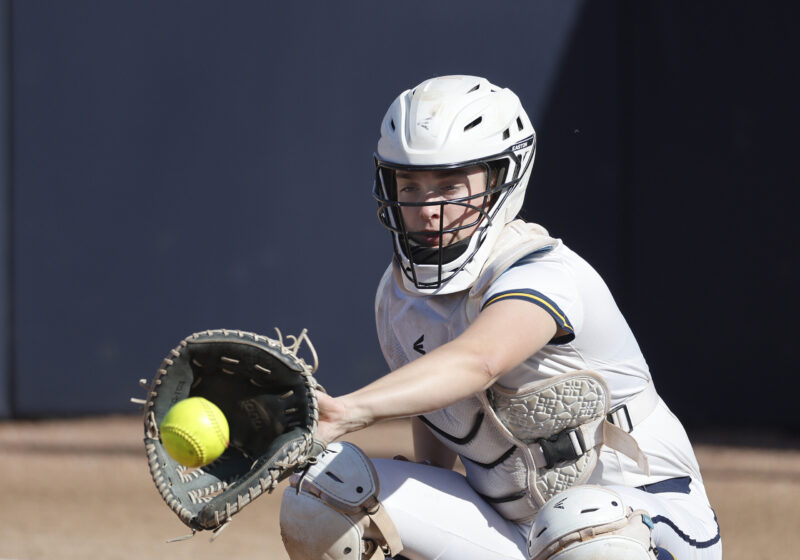Cheerleading is a sport.
The Women’s Sports Foundation defines a sport as “Any physical activity in which relative performance can be judged or quantified can be developed into a competitive sport as long as (1) the physical activity includes the above defined elements, and (2) the primary purpose is competition between teams or individuals within a competitive structure comparable to other sport activities.”
Cheerleading requires natural talent, a high level of athletic fitness and regimented practice.
Just like a little leaguer who can’t catch a ball, someone lacking rhythm won’t make it far in cheerleading. Good coordination and developed motor skills are as essential to cheerleaders on the court as hockey forwards on the rink.
Cheerleading athletes must be in tip-top shape. A cheerleader is required to maintain even composure during cardio-intense routines. In any few minutes, a cheerleader jumps two feet in the air and touches her toes, completes a back handspring back tuck tumbling pass and supports the weight of a teammate in a stunt – all while shouting in an even tone. Tell me it doesn’t take an athlete to accomplish that. Successful athletes aim to constantly improve their athletic ability, and cheerleaders are no exception. Intense practices often combine tumbling and chant rehearsal with cardio and weight training circuits. Risk is another component to a cheerleader’s commitment – concussions from failed stunts are common injuries.
Squads rely on teamwork as well as individual performance and the squad is only as strong as its weakest member, a sentiment felt by team sport athletes across the board. At the collegiate level, coaches require certification and several programs offer full or partial scholarships for incoming freshmen, depending on the budget.
So, cheerleaders are athletes and their programs are structured similarly to other sports. The problem lies in the second clause of the definition – competition based on measurable standards.
Squads begin practicing a short routine – usually around two minutes long – several months in advance. This year marks the first for competitions at the state level in Illinois. Other state high school athletic federations have officially recognized cheerleading as a sanctioned sport. However, at many high schools, squads receive smaller budgets than longer established sports – or aren’t allowed to compete at all.
In the absence of state regulated competition, school administration will often not allow squads to enter independent competitions sponsored by national cheerleading organizations. The hard work these athletes put into their sport merits the right to compete with other squads.
Simply put, competition is not the focus of most school sponsored cheerleading programs. Competing is secondary to supporting other sports, and, until the order is reversed, national recognition is only a dream. Transposing the sport’s goals would contradict cheerleading’s origins as a supplementary element to established male sports. Also, who decides what component a particular squad is emphasizing more? Well, “squad A” is not a sport because they only compete twice a year, but cheer at every basketball game. There just aren’t enough competitions in existence for which to allocate time and energy.
High schools and colleges need to realize the imbalance and give cheerleading a chance to develop into an “established” sport. With official designation, the sport of cheerleading could attract better coaches and athletes, enhancing the strength of a school’s athletic program and fueling a sense of spirit.
Competitions sponsored by the Universal Cheerleaders Association and the United Spirit Association already draw large live and TV audiences – in addition to large corporate sponsors.
Borchardt can be reached at jborchardt@campustimes.org.
